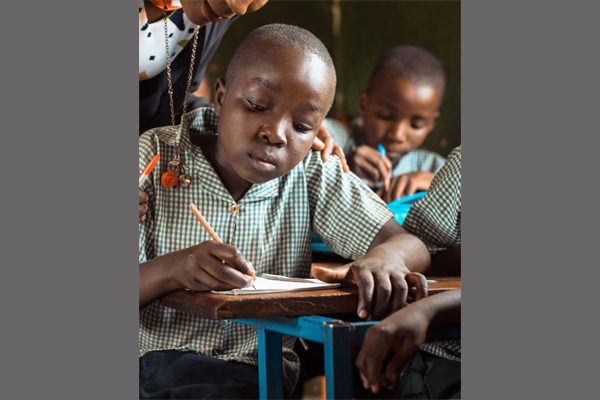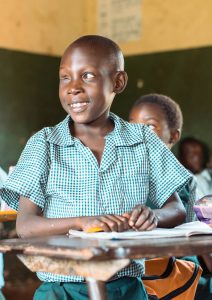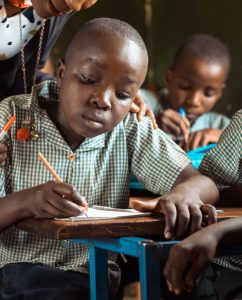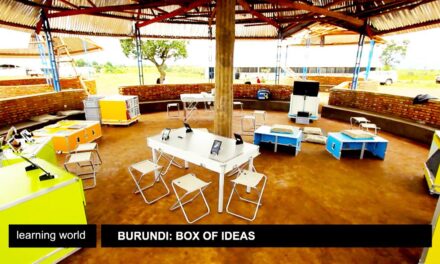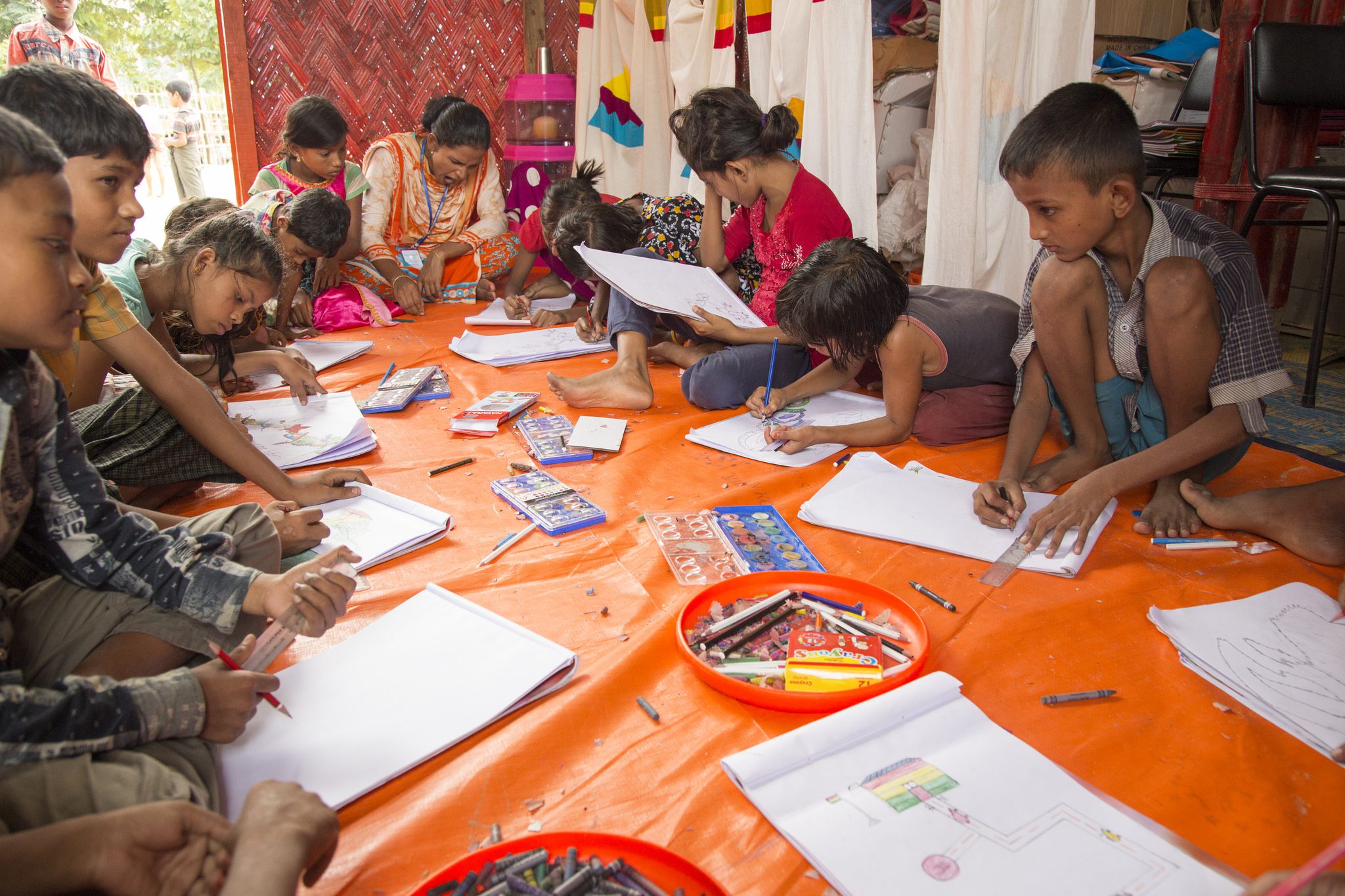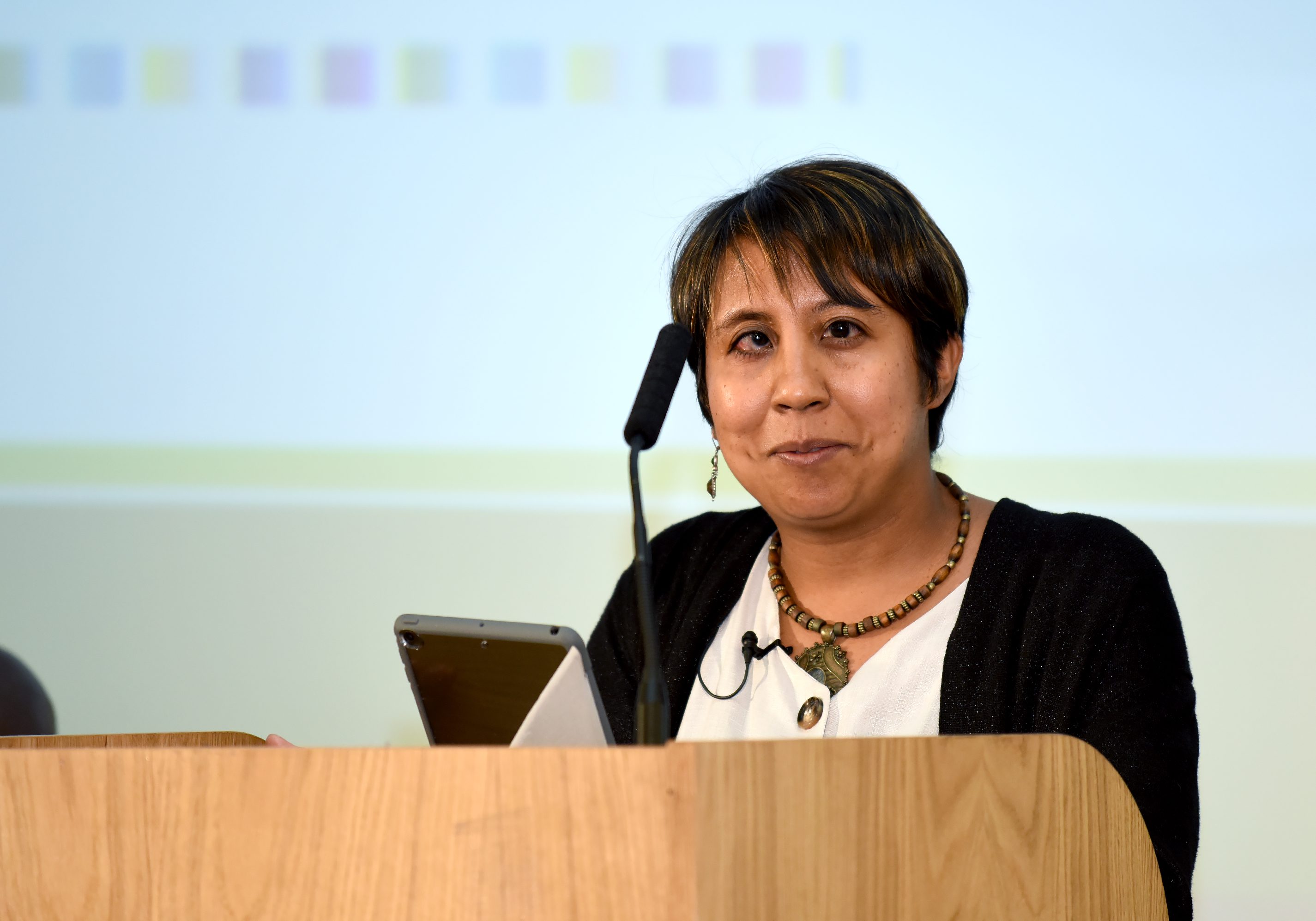This blog was written by Charlotte McClain-Nhlapo, Global Disability Advisor for the World Bank Group; Ola Abu Alghaib, Director of Global Influencing and Research for Leonard Cheshire; and Ruchi Singh, Disability-Inclusive Education Consultant with the World Bank Group. The authors will be running a Symposium at the September 2019 UKFIET conference on inclusive education systems
Across the world, the number of children with disabilities is growing. Increased awareness regarding learning, as well as invisible disabilities such as learning disabilities, are changing the composition of our classrooms. Better screening and assessment mechanisms will significantly push the number higher.
This comes with some mixed news- some good and some not so good. The good news is that more children with disabilities are accessing schools than ever before. The bad news is that too many children with disabilities are performing poorly compared to their peers – and are dropping out before they complete primary school.
A changing landscape
The recent past has seen some progress towards including children with disabilities in education. However, progress is limited to ensuring school access. This is evidenced by increased number of national Education Sector Plans (ESP) repeatedly prioritizing investments in infrastructural access over activities that promote learning participation and achievement.
The evidence begs the question: Are children with disabilities participating meaningfully?
To answer this, we need a better understanding of the following questions: Are they learning? What tools do teachers have to understand the diverse learning needs in a classroom? Are assessments measuring learning, or are they categorizing and thus further marginalizing children? Are assessments guiding teachers to organize learning experiences and promote participation?
A shift in focus: Participation in quality learning and achievement
Achievement of Sustainable Development Goal (SDG) 4 on quality education is dependent upon reaching a common goal of quality learning for all children, including children with disabilities. However, there is very little consolidated evidence about what children with disabilities are learning in schools. Estimates consistently suggest that in low-income countries, children with disabilities are less likely to access schools. Inclusive assessments and data resulting from these assessments can help bridge this gap, according to a recent World Bank report titled Every Learner Matters.
Data for planning, promoting quality learning and achievement?
Data regarding opportunities to go to school, participation, and learning is critical, not only for understanding the magnitude of exclusion of children with disabilities from education, but also to better support teachers and student learning.
Data from assessments can create feedback mechanisms for teachers as well as students with disabilities concerning classroom planning, lesson organization, recognition of support areas for learning, resources required, and teacher support.
Data can also create opportunities to comprehend the learner experience of a student with a disability compared to their non-disabled peers.
Data from household assessments can be used to reach out-of-school children with disabilities and help identify needs and target interventions.
Data from assessments can also influence and inform political will and financial resources, advance teacher development opportunities on disability inclusive education, and lead to investments in accessible materials and support to address and achieve quality learning for all.
Promoting assessment for and of learning for all
An educational – not a medical – approach to initial assessments is essential for all children to develop individualized education plans. This will create learning environments that respond effectively to their learning needs. It is worth considering alternate forms of assessment to standardized assessments – that are flexible and cater to the needs of children with disabilities. Teachers and parents should be at the center of this process.
Inclusive assessments should focus on the curriculum and how each learner can learn within that curriculum. To identify a learner’s strengths as well as difficulties, assessments should cover the range of personal, social, and emotional development with measuring performance in the curriculum.
Assessments focusing on key concepts, and scaffolding activities can promote inclusivity. Availability of alternate forms of assessments like classroom observations, collecting work samples, and criterion-based tests can also promote inclusion. Inclusive assessments should allow the format or the procedure to change with reasonable accommodations and adjustments in the breadth, depth, and complexity of a concept.
At the education system level, we must critically reflect on how the learning outcomes are (both short-term and long-term) currently understood and conceptualized, i.e., as standards, competencies, learning objectives. Do the national education policies and programs reflect the national collective thinking around the importance of learning for all children? Which domains of learning are essential? How should the curriculum be adapted according to learning needs while setting high expectations for all learners? How should learning outcomes be measured? How can the measurement of learning improve education quality?
Since large-scale learning assessments are also used to track progress towards Sustainable Development Goal 4, student and school exclusion criteria in large-scale assessments need reconsideration. Particularly, this is premised on the misconception that children enrolled in special schools have limited abilities. While many low-income countries are promoting disability inclusive education, special schools are still the norm. The exclusion of children with disabilities from assessments results in their exclusion from the formal learning process, hence exclusion from learning – reinforcing the status quo of low expectations and under achievement.
Large-scale national, regional, and international learning assessments must be inclusive of children with disabilities. Accommodations must be available for children during tests, so that they can participate along with their peers. Accommodations can widen access for students with disabilities and other special education needs and promote the inclusivity of large-scale learning assessments.
The paper “Every Learner Matters” explores how the global learning crisis relates to children with disabilities, examining education systems and the importance of measuring learning achievement for children with disabilities to respond appropriately to the needs of students. The paper picks up on the central message of the “World Development Report” (2018), which calls for urgent action to focus on measuring learning to understand gaps and barriers to align education stakeholders and create an enabling environment to deliver quality learning for all.

